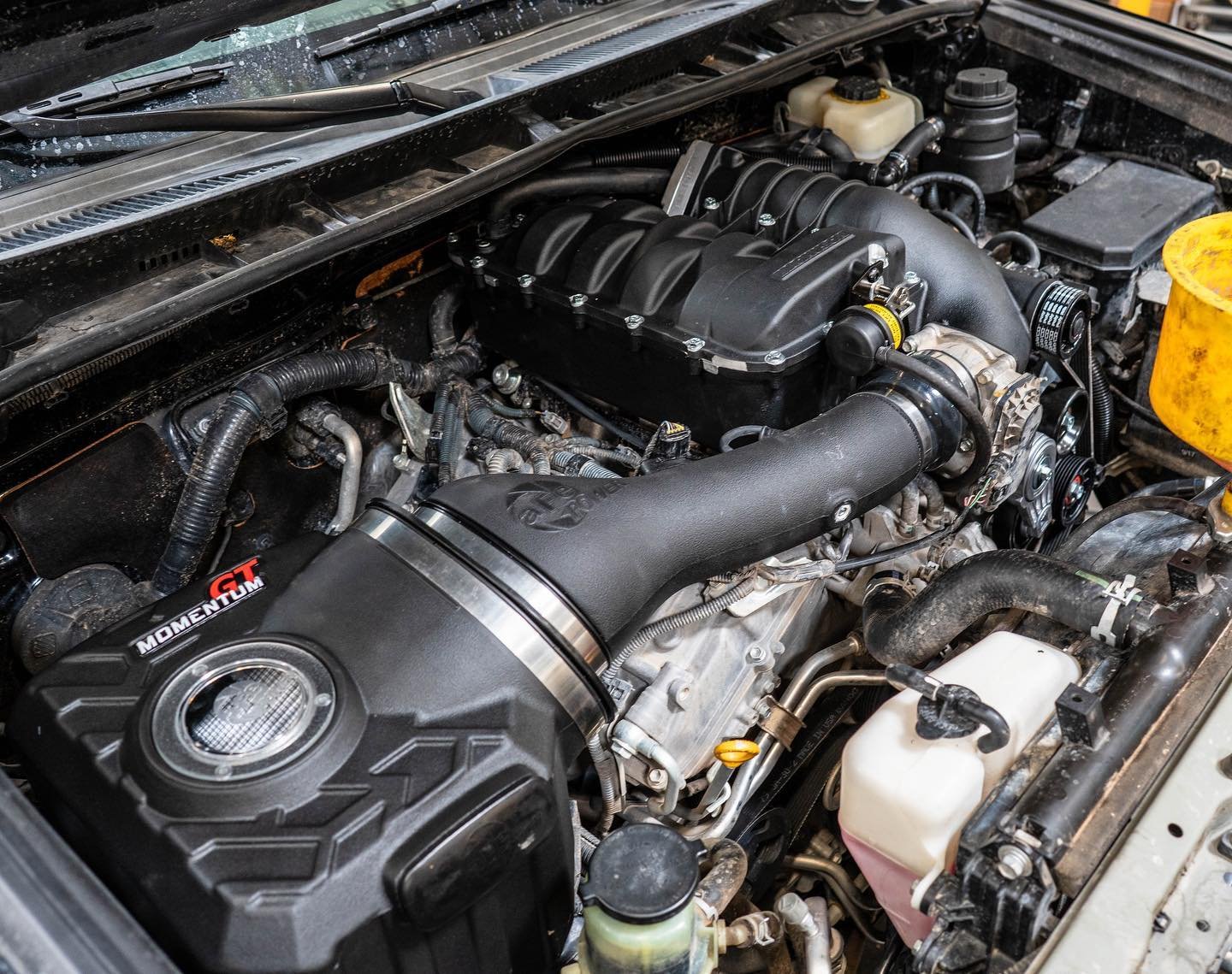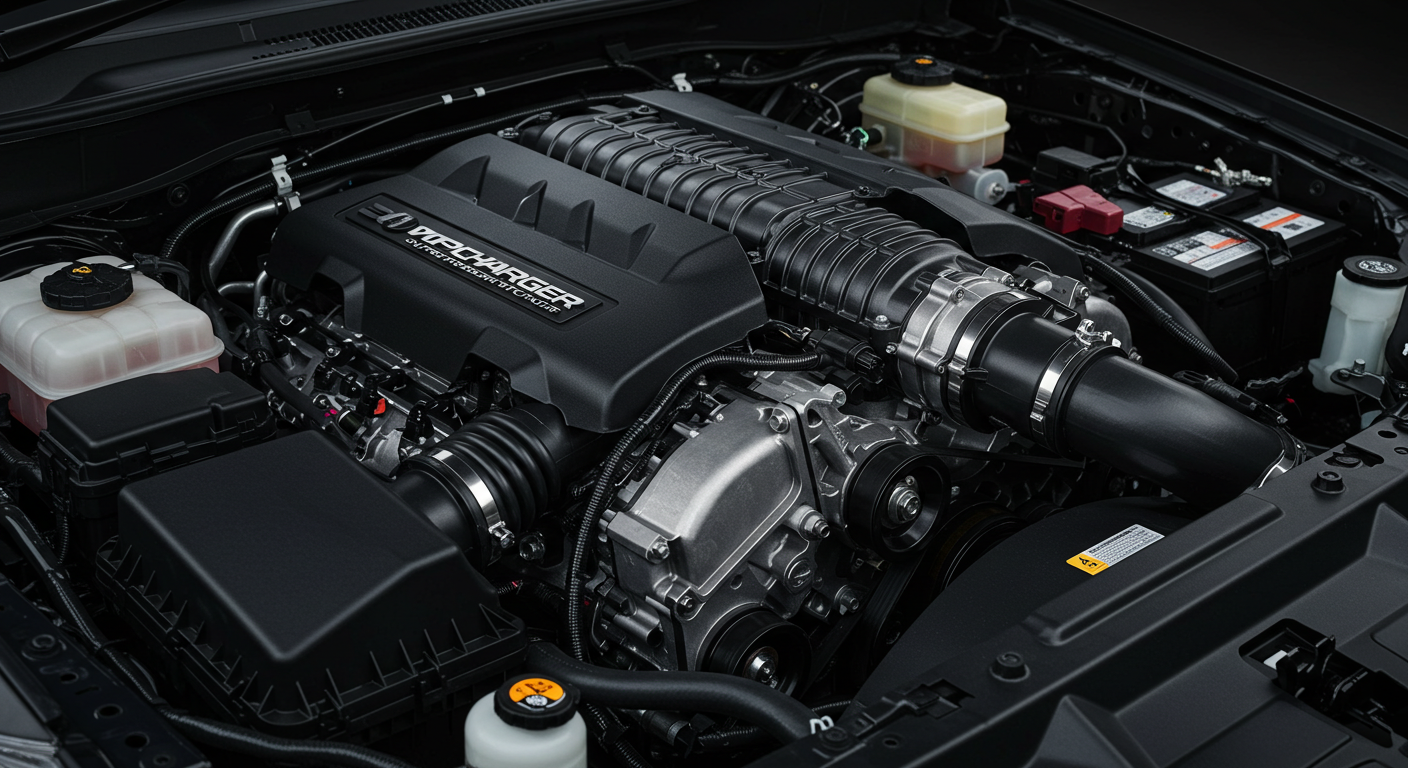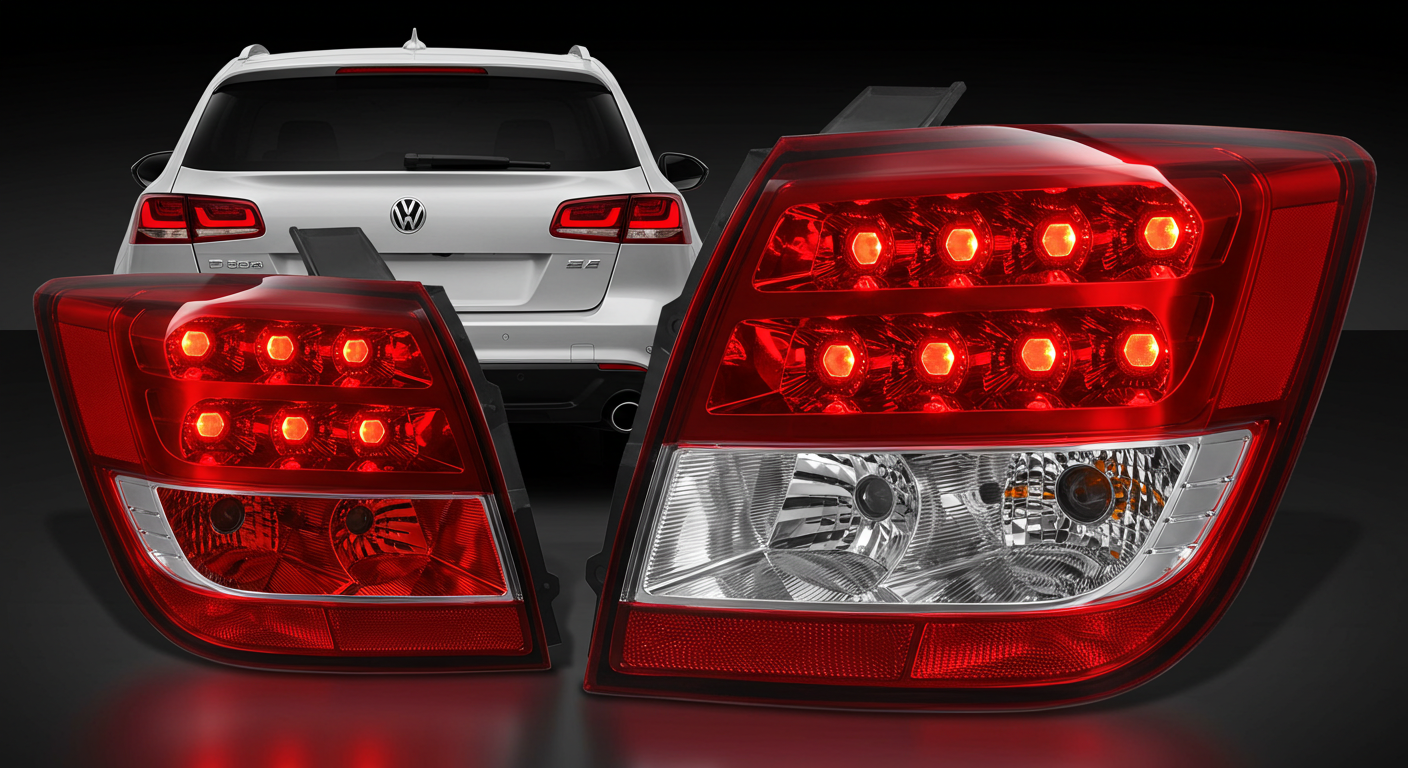Understanding Wheel Alignment
Wheel alignment refers to the adjustment of a vehicle’s suspension system, ensuring that all four wheels are positioned correctly relative to each other and to the road. It is a crucial aspect of vehicle maintenance, directly influencing performance, handling, and safety. Proper wheel alignment guarantees that the vehicle drives smoothly and that the tires wear evenly over time. When wheel alignment is off, it can lead to a multitude of issues including poor handling, reduced fuel efficiency, and premature tire wear.
Three primary angles are involved in the wheel alignment process: camber, caster, and toe. Camber measures the angle of the wheels in relation to the vertical axis when viewed from the front of the vehicle. Ideally, tires should be perpendicular to the ground. If the top of the tire leans in or out, it can cause uneven tire wear and affect traction. Caster, on the other hand, measures the angle of the steering axis when viewed from the side. A correct caster angle helps maintain straight-line stability and ensures that the steering wheel returns to center after a turn.
The toe angle is the alignment between a vehicle’s front and rear tires. Toe-in means the front of the wheels is closer together than the rear, whereas toe-out means they are farther apart. The correct toe setting is vital for ensuring optimal tire performance and wear, impacting handling during turns and straight driving. Aligning these angles properly not only enhances the vehicle’s handling and responsiveness but also significantly contributes to the overall safety of driving. Neglecting wheel alignment can lead to complications that compromise both driver safety and vehicle longevity.
Importance of Regular Wheel Alignment
Maintaining proper wheel alignment is crucial for the overall performance of any vehicle. When the wheels are aligned correctly, they function in harmony, allowing for optimal steering and handling. One of the most significant benefits of regular wheel alignment checks is the improvement in fuel efficiency. Misaligned wheels can cause the engine to work harder, leading to increased fuel consumption. By ensuring that the wheels are properly aligned, drivers can enjoy better mileage and lower fuel costs over time.
In addition to fuel efficiency, proper wheel alignment greatly contributes to the longevity of tires. When the wheels are misaligned, it results in uneven tire wear, which can diminish the lifespan of the tires. Regular alignment checks help distribute the weight appropriately across all tires, promoting even wear and preventing premature tire replacements. This proactive maintenance ultimately leads to significant cost savings for vehicle owners, as they will not have to invest frequently in new tires.
Enhanced safety is another essential aspect of regular wheel alignment. When wheels are not aligned correctly, they may pull to one side or the other, which can compromise the driver’s control and reaction times. This unresponsiveness increases the risk of accidents, particularly in emergency situations. Properly aligned wheels offer improved handling and stability, giving drivers greater confidence while navigating various driving conditions.
In conclusion, the importance of maintaining regular wheel alignment cannot be overstated. By investing in this simple yet effective maintenance practice, drivers can experience numerous benefits such as improved fuel efficiency, extended tire life, better handling, and enhanced safety. Moreover, the long-term cost savings associated with proper alignment are significant, making it a wise choice for all vehicle owners.
Signs Your Vehicle Needs a Wheel Alignment
Proper wheel alignment is crucial for the optimal performance of any vehicle. When alignment is off, several symptoms can indicate that it’s time for a check-up. One of the most apparent signs is uneven tire wear. If you observe that your tires are wearing more on one side than the other, it can signify misalignment. This uneven wear not only shortens the lifespan of your tires but can also compromise the vehicle’s handling and safety.
Another common symptom is the vehicle pulling to one side while driving. If you find yourself constantly adjusting the steering wheel to keep your vehicle straight, it’s likely due to misaligned wheels. This pulling effect can distract from safe driving and makes the vehicle feel unstable, especially at higher speeds.
A crooked steering wheel is another indicator that your wheels may need aligning. When you notice that the steering wheel is off-center even when driving straight, it suggests an issue with wheel alignment. This misalignment can lead to greater driving fatigue and increase the risk of accidents, as it affects your ability to steer correctly.
Vibrations while driving can also signal alignment issues. If you experience unexpected shaking or vibrations in the steering wheel or throughout the vehicle, it could indicate that your wheels are not aligned properly. These vibrations can be uncomfortable and may affect control, making it vital to address the issue promptly.
In essence, recognizing these symptoms is the first step towards maintaining your vehicle’s performance and safety. Taking immediate action when any of these signs are present can prevent further damage and ensure a smoother driving experience.
Causes of Wheel Misalignment
Wheel misalignment is a common automotive concern that can have significant implications for both vehicle performance and safety. Several factors contribute to this issue, and understanding them is essential for effective maintenance and timely interventions. One of the most prevalent causes is the impact sustained from potholes, curbs, and other road hazards. When a vehicle encounters these obstacles, the sudden jolt can displace the wheels from their proper alignment, leading to uneven tire wear and compromised handling.
In addition to external impacts, the wear and tear of suspension components also play a crucial role in wheel alignment. Over time, parts such as struts, shocks, and control arms can degrade, affecting the overall geometry of the vehicle’s suspension system. This gradual wear can result in misalignment, which may go unnoticed until noticeable symptoms arise, such as steering wheel vibration or drifting to one side while driving. Regular inspections of suspension components can help catch these issues early, minimizing the risk of misalignment.
Changes in load due to carrying heavy cargo or towing can also lead to misalignment. When a vehicle is loaded beyond its typical capacity, the additional weight can shift the balance and alter the alignment. This is particularly important for trucks and SUVs that are often used for hauling or towing. Drivers should be aware of their vehicle’s weight limits and ensure that loads are evenly distributed to mitigate this risk.
In conclusion, various factors contribute to wheel misalignment, including impacts from road hazards, wear of suspension components, and changes in load. Recognizing these causes can aid vehicle owners in taking proactive steps to maintain proper wheel alignment, ensuring safer and more efficient driving experiences.
Consequences of Ignoring Wheel Alignment Issues
Neglecting wheel alignment can have several significant consequences that extend beyond just immediate discomfort while driving. One of the most noticeable effects is increased tire wear, which occurs when the wheels are not correctly aligned. Misalignment can cause uneven tread wear, leading to a shorter lifespan for the tires. Consequently, this leads to the need for earlier replacements, resulting in added expenses for vehicle owners.
Additionally, poor wheel alignment can severely impact fuel efficiency. When wheels are not aligned correctly, the vehicle experiences greater rolling resistance, which forces the engine to work harder to maintain speed. As a result, drivers may find themselves refueling more often, incurring higher fuel costs over time. It is essential to recognize that these expenses accumulate and can strain a budget, particularly for those who rely on their vehicles for daily commute or long-distance travel.
Beyond tire wear and fuel consumption, improper wheel alignment can compromise a vehicle’s handling characteristics. Drivers may notice that their vehicle pulls to one side or requires more effort to steer straight. This instability can create hazardous driving conditions, particularly in adverse weather situations. An alignment issue can also contribute to complications with suspension components, exacerbating handling problems and leading to a broader range of concerns that require attention.
Furthermore, ignoring wheel alignment problems can result in more costly repairs over time. As components wear unevenly or become damaged due to misalignment, drivers may find themselves facing extensive repairs that could have been avoided with timely alignment checks. Therefore, addressing wheel alignment issues promptly is essential not only for vehicle safety but also for minimizing long-term repair costs. Regular maintenance and inspections can help identify alignment needs early, ensuring a more efficient and safer driving experience.
How Often Should You Check Your Wheel Alignment?
Maintaining proper wheel alignment is critical for ensuring the safety, comfort, and efficiency of your vehicle. The frequency with which you should check your wheel alignment can depend on several factors, including the manufacturer’s recommendations, driving conditions, and observable changes in vehicle handling. Generally, it is advisable to have your wheel alignment checked at least once a year, but other circumstances may warrant more frequent inspections.
Many vehicle manufacturers suggest a routine wheel alignment check whenever the tires are rotated, typically every 5,000 to 7,500 miles. Following these guidelines ensures that your vehicle maintains optimal handling and stability. On the other hand, if you often drive on uneven surfaces, such as rough terrain or poorly maintained roads, you may need to schedule an alignment check more frequently. These conditions can easily disturb the precise angles at which your wheels are set.
Additionally, if you regularly embark on long trips, the stress placed on your vehicle’s suspension and alignment may necessitate an inspection before and after extensive travel. Furthermore, if you notice any signs of misalignment—such as your vehicle pulling to one side, uneven tire wear, or a vibrating steering wheel—it is imperative to have your wheel alignment checked at the earliest opportunity. Recognizing these changes can help prevent further damage to your vehicle and enhance your driving experience.
In summary, while annual checks are a good guideline, paying attention to your driving conditions and vehicle behavior is crucial. Implementing these recommendations will not only ensure your safety but will also prolong the lifespan of your tires and suspension components, ultimately leading to a better driving experience.
The Wheel Alignment Check Process
Wheel alignment is a critical aspect of vehicle maintenance that ensures your car’s tires are correctly positioned relative to the road and each other. When you take your vehicle to a mechanic shop for a wheel alignment check, the process usually begins with an inspection of the vehicle’s suspension system. This step is essential to identify any existing problems that could affect the alignment, such as worn-out bushings or damaged tie rods.
Once the initial inspection is complete, the technician will typically use specialized equipment known as a wheel alignment machine. This device employs cameras or sensors to measure the angles of the wheels and compare them to the manufacturer’s specifications. The technician will attach several sensors to the wheels, allowing for precise measurements of the camber, caster, and toe angles. These measurements are vital in determining whether the wheels are aligned correctly and if they adhere to the standards set for the vehicle type.
After the measurements are recorded, the technician will evaluate the data to ascertain if any adjustments are necessary. If the alignment is found to be off, necessary corrections will be made. This often involves repositioning the wheels by adjusting the alignment angles through the use of turnbuckles or other suspension components. It’s also common for the technician to perform a test drive to ensure that any adjustments made have effectively improved the vehicle’s handling and eliminated unwanted vibrations or pulling to one side.
In conclusion, understanding the wheel alignment check process can alleviate concerns about vehicle maintenance. Regular checks and professional adjustments not only enhance vehicle safety but also prolong tire lifespan and improve fuel efficiency.
DIY Wheel Alignment: Is it Possible?
Many vehicle owners frequently wonder if they can perform wheel alignment checks at home, and the answer is, in certain respects, yes. Basic wheel alignment involves measuring tire angles such as camber, caster, and toe. With simple tools like a tape measure and a level, individuals can gauge these angles to identify potential misalignment issues. For instance, by checking the distance between the front and rear of the tires, one can ascertain whether the toe is properly set. A deviation from the manufacturer’s specifications may indicate that an adjustment is needed.
Moreover, using a DIY alignment tool, which can be purchased or even crafted at home, allows for more accurate measurements of the camber and toe angles. This tool typically helps ensure the tires are correctly angled relative to the road and the centerline of the vehicle. If the results indicate that the measurements fall outside the acceptable range, a wheel adjustment can be attempted using basic wrenches and knowledge of the vehicle’s suspension system. Regular monitoring, particularly after hitting potholes or curbs, can help maintain optimal alignment.
However, it is crucial to recognize the limitations of a DIY approach. While initial assessments and minor adjustments may be achievable, achieving precision alignment is a complex process that often requires specialized equipment. Professional evaluations facilitate not only accurate measurements but also the necessary adjustments to the vehicle’s suspension components. Neglecting the need for professional assistance could result in uneven tire wear, decreased fuel efficiency, and compromised vehicle safety. Ultimately, while DIY checks are feasible for minor observations, engaging certified professionals for thorough assessments and adjustments is highly recommended for ensuring long-term vehicle health and performance.
Choosing the Right Mechanic for Wheel Alignment
When it comes to maintaining your vehicle’s performance and safety, selecting a qualified mechanic for wheel alignment services is essential. Aligning your wheels not only enhances tire longevity but also ensures better gas mileage and smoother handling. To find a reputable mechanic, it is crucial to consider several factors.
Firstly, look for certifications and affiliations that demonstrate a mechanic’s expertise. A reputable shop should have certifications from recognized automotive organizations, which indicate that the technicians have undergone rigorous training and possess the necessary skills for proper wheel alignment. Certifications such as those from the Institute of Automotive Service Excellence (ASE) are a good indicator of a reliable mechanic’s competency. These professionals are more likely to be up-to-date on the latest alignment technologies and techniques.
Customer reviews and testimonials can serve as valuable insights into a mechanic’s services. Before making a decision, take the time to read online reviews from previous customers. This feedback can provide information regarding the quality of service, wait times, and overall customer satisfaction. Look for mechanics with a strong reputation in the community, as they are more likely to prioritize quality work. Websites like Yelp and Google Reviews can be excellent resources for gauging a mechanic’s reliability.
Another critical aspect to consider is whether the shop utilizes modern alignment equipment. Advanced alignment technology ensures precise measurements and adjustments, ultimately leading to more effective wheel alignment. Shops that invest in the latest equipment are typically more committed to providing high-quality service. Always inquire about the tools and processes being used before entrusting your vehicle to a mechanic.
By keeping these key factors in mind, you can make an informed decision when selecting a mechanic for wheel alignment. Prioritizing certifications, customer feedback, and modern equipment will help ensure your vehicle receives the care it needs to perform at its best.





